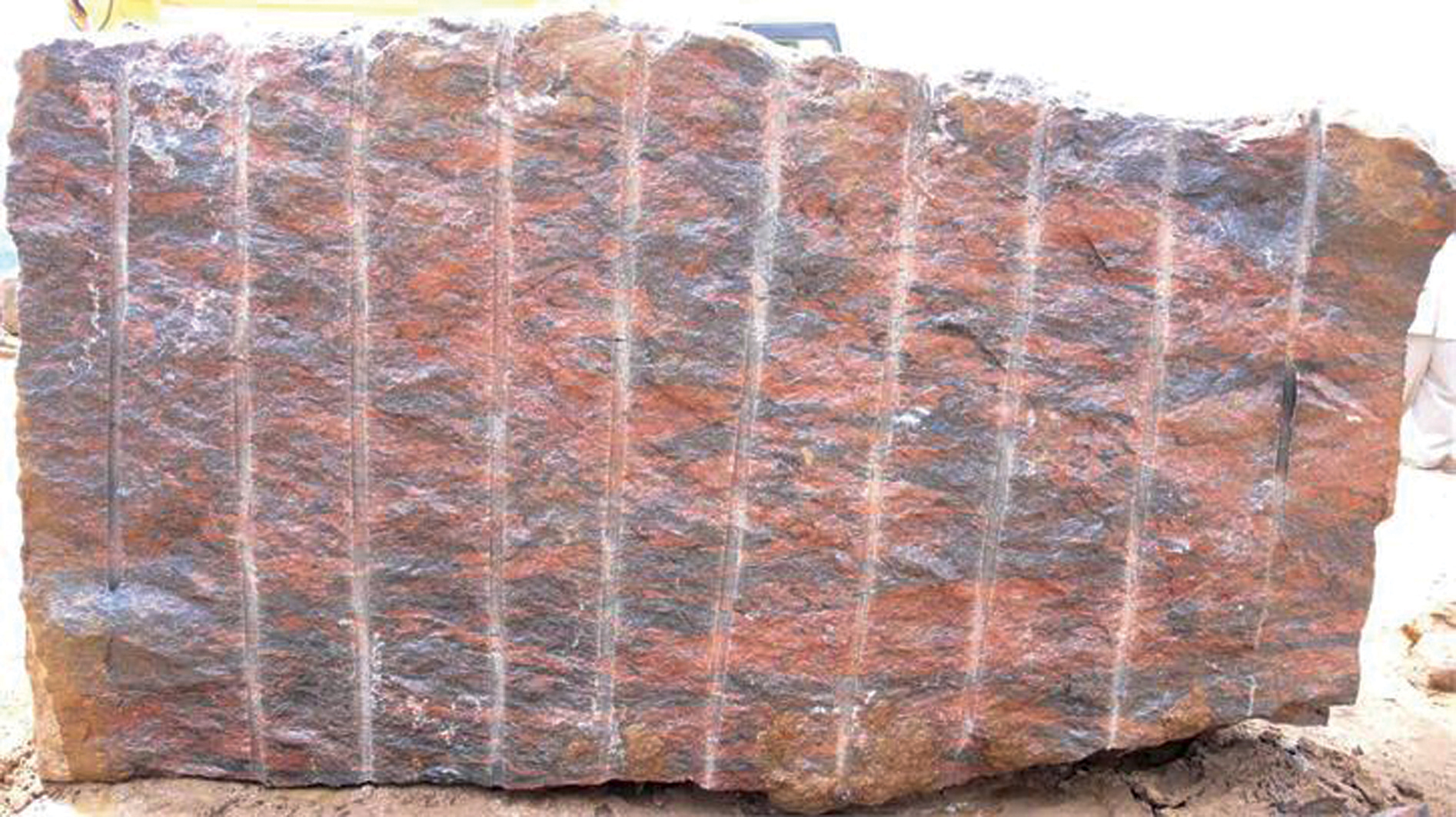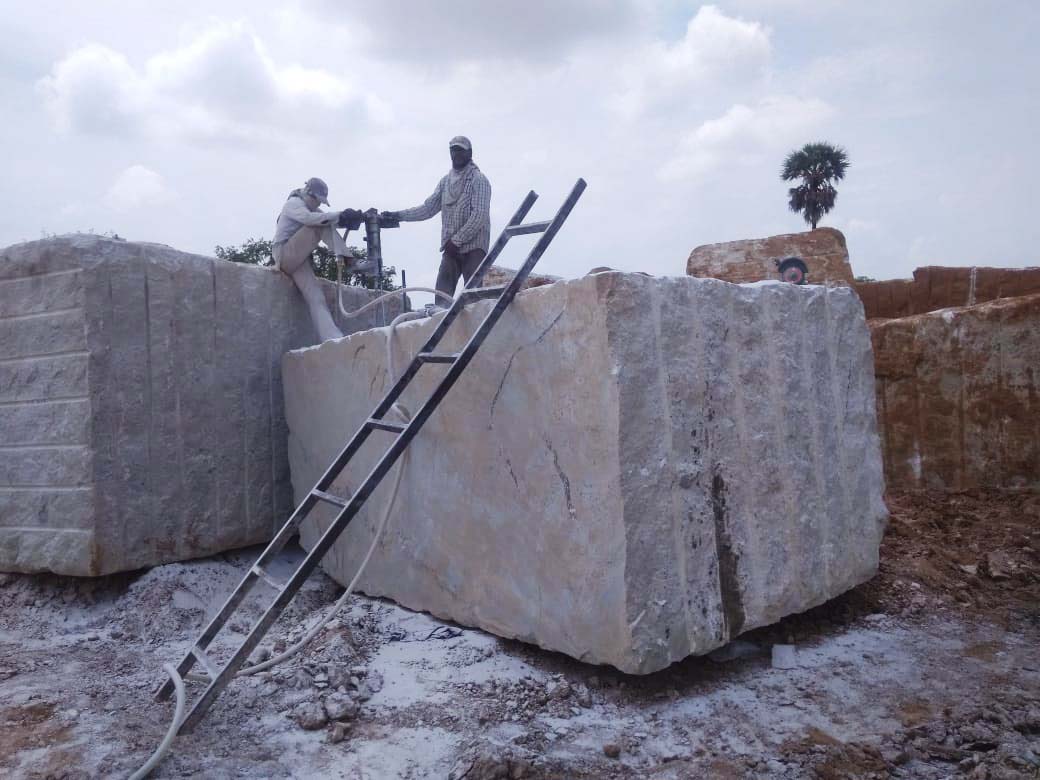Unveiling the Mysteries of Granite Quarrying: Where Strength and Elegance Meet
The globe of granite quarrying is a realm where the raw strength of nature merges with human virtuosity to develop structures that stand the examination of time with an air of sophistication. From the midsts of quarries to the thorough polishing in workshops, the procedure of changing granite into building wonders is a complicated dancing of tradition and advancement. As we peer into the midsts of this old craft, we start to discover the hidden intricacies that shape the very essence of our built setting.
The Origins of Granite Quarrying
In the record of architectural background, the origins of granite quarrying are shrouded in a tapestry of old workmanship and geological marvels. Going back to ancient Egypt and Mesopotamia, the removal of granite from quarries noted the beginning of a journey that would at some point lead to the creation of some of the world's most famous structures.
Granite quarrying's roots can be traced to the skilled artisans that acknowledged the stone's longevity and visual allure. Through a combination of primitive tools and large decision, these early quarry workers uncovered granite blocks that would certainly end up being the structure blocks of worlds.
As people advanced, so did the methods of quarrying granite. The Romans, renowned for their design prowess, created sophisticated techniques for removing granite to create monoliths, holy places, and roads that stood the examination of time.
The tradition of these old quarrying methods continues to shape modern architecture, with granite remaining an icon of strength and sophistication in building and construction tasks around the globe. (granite quarries in south africa)
Tools of the Quarrying Profession
The evolution of granite quarrying techniques from ancient human beings to modern times highlights the important role played by the tools of the quarrying trade in shaping the industry's techniques. In ancient times, quarrying devices were basic, frequently consisting of blades, hammers, and wedges made from materials like bronze or iron. These devices needed significant manpower and time to extract granite obstructs from quarries.

Furthermore, the introduction of pneumatically-driven devices and high-powered equipment has significantly decreased the physical labor called for in quarrying operations, boosting worker safety and security and productivity. As the quarrying industry remains to introduce, the tools of the profession stay at the center of driving progress and forming the future of granite extraction.
Removing Blocks of Granite
Using precision equipment and progressed strategies, the removal of granite obstructs from quarries has come to be an advanced process in the modern quarrying market. Controlled blasting techniques are then employed to damage apart the granite right into manageable areas.

Polishing and Ending Up Techniques
To attain a remarkable surface on granite blocks, knowledgeable craftsmens employ a series of thorough sprucing up and completing techniques. After the preliminary extraction and shaping processes, the granite obstructs undertake a detailed polishing phase to enhance their all-natural appeal and resilience.
Along with sprucing up, finishing strategies are put on additional fine-tune the granite's look. These strategies may consist of flaming, sharpening, or cleaning, each offering one-of-a-kind textures and surfaces to fit various visual preferences. Flaming, for example, includes exposing the granite surface area to heats to develop a rough, textured surface, suitable for exterior applications where slip-resistance is crucial. Honing, on the other hand, gives a matte coating that is smooth to the touch, ideal for indoor kitchen counters and floor covering. By meticulously selecting and using these brightening and ending up techniques, artisans can change raw granite obstructs right into exquisite items that showcase both strength and style.

Ecological Effect and Sustainability
With the growing focus on ecological discover this awareness in the industry, granite quarrying techniques are progressively looked at for their influence on all-natural sources and lasting sustainability. In addition, the transport of granite from quarries to processing centers produces carbon exhausts, further adding to ecological deterioration.
To minimize these influences and ensure sustainability in granite quarrying, sector stakeholders are embracing various steps. Applying sophisticated innovations to lower power intake and water usage, reclaiming quarried land for ecological restoration, and promoting accountable sourcing methods are some techniques being utilized. Accreditations such as the Woodland Stewardship Council (FSC) and the Leadership in Energy and Environmental Layout (LEED) help consumers determine ecologically friendly granite products.
Conclusion
Finally, granite quarrying is a process that needs specialized tools and techniques to remove blocks of granite and polish them to a high level of coating. While the environmental influence of quarrying can be considerable, initiatives are being made to improve sustainability techniques in the market. On the whole, granite quarrying is this website a delicate equilibrium between harnessing the stamina and beauty of this all-natural stone while minimizing its effect on the atmosphere.